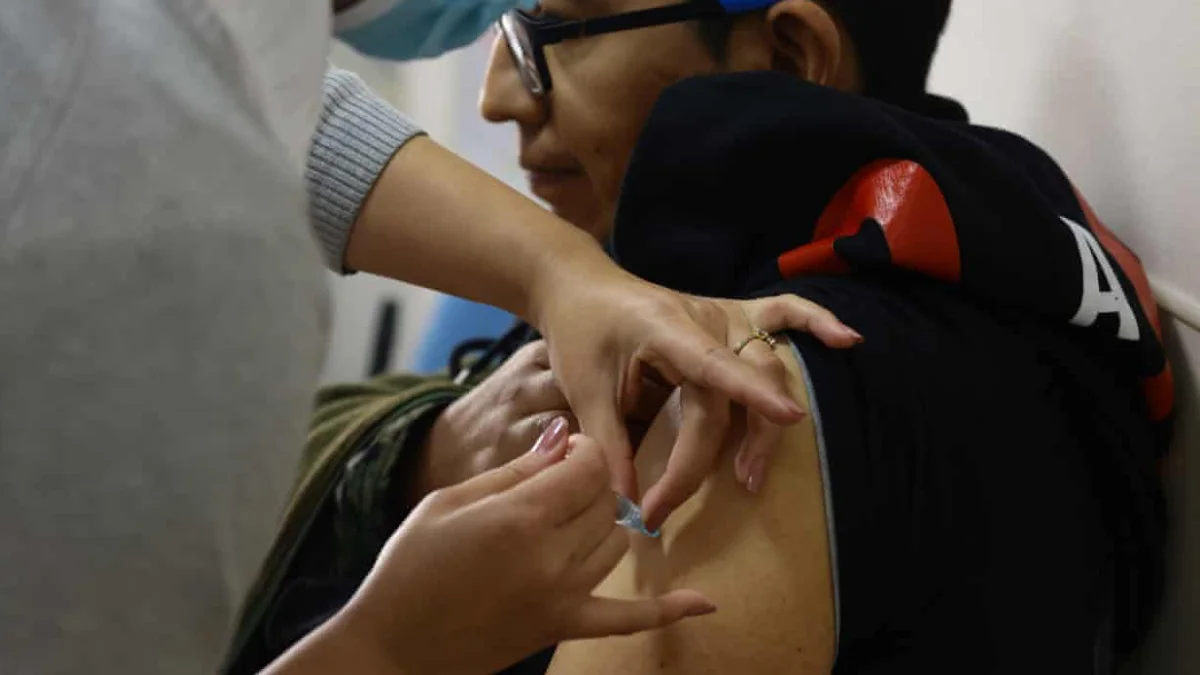Yellow Fever and Dengue Surge in South America as Climate Crisis Deepens
The yellow fever and dengue surge in South America has raised global concern, as experts warn that the climate crisis is rapidly worsening infectious disease outbreaks. Rising temperatures, erratic rainfall, and expanding mosquito habitats are pushing these diseases into new regions, including parts of Europe.
At the Cop30 climate summit, health experts emphasized that climate-linked diseases are becoming one of the most urgent global threats.
Sharp Rise in Yellow Fever and Dengue Cases
According to the Pan American Health Organization, South America has recorded:
- 356 yellow fever cases
- 152 confirmed deaths
This is the highest annual count since 1960, aside from major outbreaks in 2017–18.
Meanwhile, Brazil has faced one of its worst dengue years ever, with:
- 6.5 million dengue cases
- Approximately 5,000 deaths
Europe also saw a record 304 dengue cases, surpassing the total of the previous 15 years combined.
Mosquito-Borne Diseases Expanding Globally
Both yellow fever and dengue are spread by the Aedes mosquito, which thrives in:
- Higher temperatures
- Stagnant water
- Areas with heavy rainfall
As global temperatures rise, these mosquitoes are spreading beyond tropical zones and into temperate regions.
👉 More climate-related updates in our Climate & Environment Category
Climate Change Driving Global Health Emergencies
Scientists warn that climate change is aggravating over half of all known human diseases. The ongoing outbreaks in the Amazon region coincide with UN climate talks in Belém, where health is now formally recognized as a core climate issue.
The UN designated Thursday as “Health Day” at Cop30, unveiling the Belém Health Action Plan, led by:
- Brazil
- The World Health Organization
- 35 philanthropic organizations committing $300 million
The initiative aims to strengthen surveillance, preparedness, and healthcare capacity in vulnerable countries.
Health Leaders Sound the Alarm
UN Climate Chief Simon Stiell stated:
“People worldwide are living the daily reality that the climate crisis is also a public health crisis.”
He highlighted how heatwaves, floods, and storms are worsening diseases, malnutrition, and healthcare burdens.
Former U.S. Vice President Al Gore warned that rising heat kills one person every minute worldwide, urging immediate government action.
Multiple Factors Fueling the Disease Spread
Health experts outline several major contributors:
1. Deforestation and Urban Expansion
Clearing forests for agriculture and housing forces humans into closer contact with animals that carry zoonotic diseases.
2. Extreme Weather Events
Severe floods and droughts create new mosquito breeding sites.
3. Globalization and Rapid Travel
Diseases now spread across continents faster than ever.
4. Mosquito Adaptability
Aedes mosquitoes thrive in warmer climates and reproduce faster in extreme conditions.
Dr. Maria Guevara from Médecins Sans Frontières (MSF) said:
“Mosquitoes and viruses adapt faster than humans. We know how to respond to climate change, but we’re not acting quickly enough.”
Rising Threat Beyond Tropical Regions
Brazilian health expert Rachel Vicente explained that yellow fever and dengue outbreaks are increasing even outside the Amazon, especially in urban areas where standing water is common.
Europe, once considered low-risk, is now experiencing outbreaks due to warmer temperatures and the spread of mosquito vectors.
\👉 Read more health and climate reports in our Health News Section













